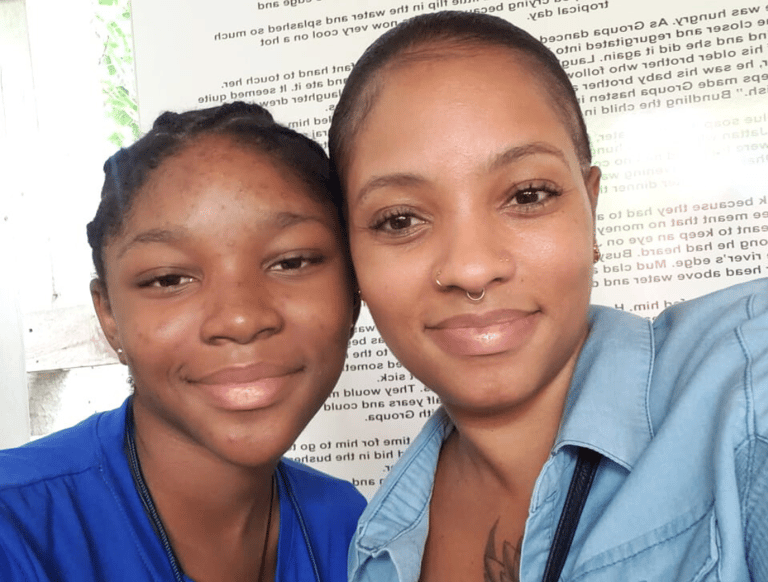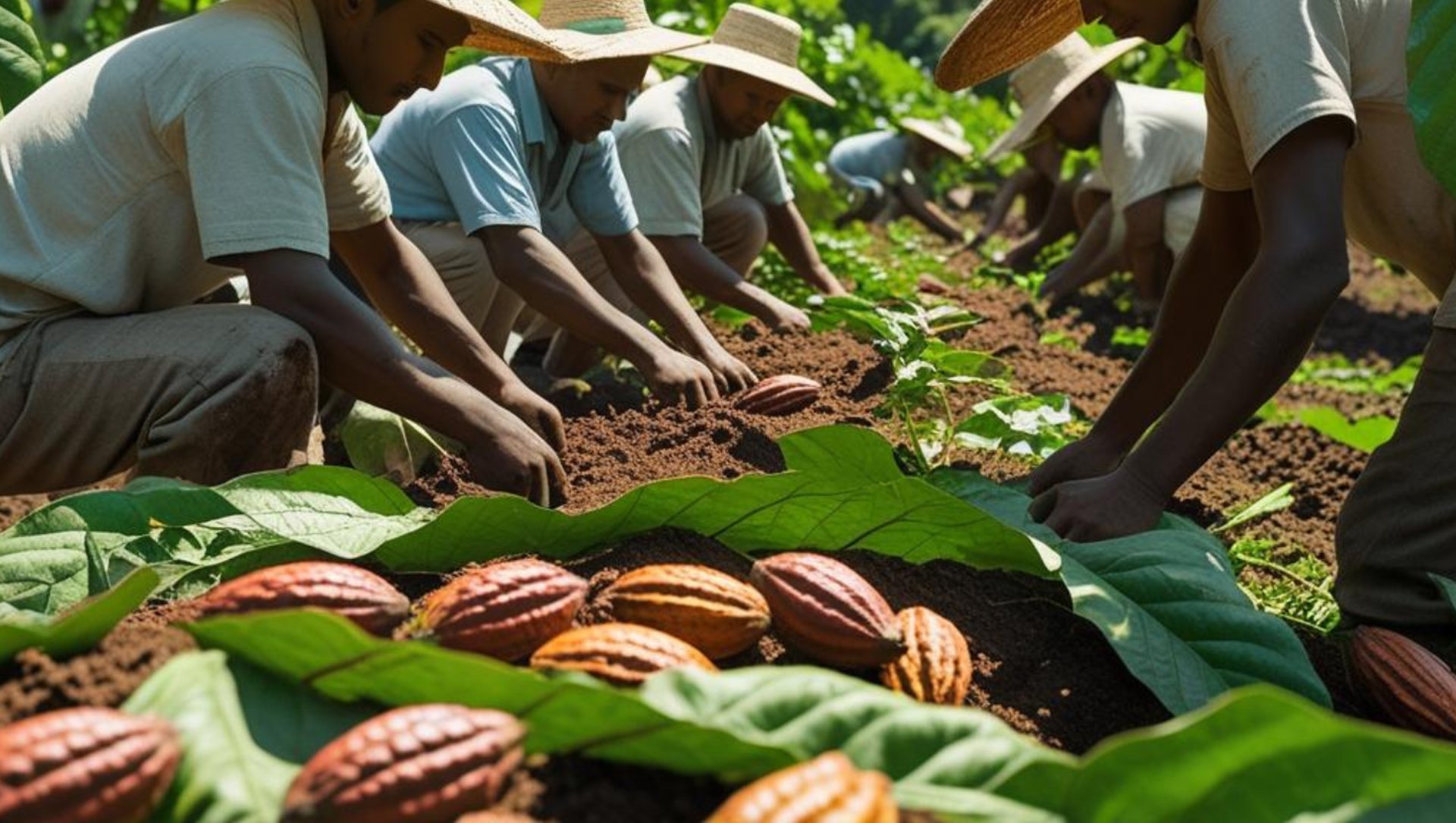
What We’ve Gained, What We’ve Lost:
A Day at the Mud House Museum
TRIPS & TRAILS: OUTDOOR ADVENTURES

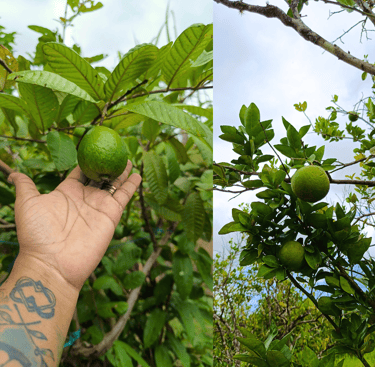
Recently, my children and I joined a field trip organized by our credit union to the Mud House Museum in Avocat, Trinidad. Nestled along the Siparia Old Road near Fyzabad, this 138-year-old heritage site stands as one of the last remaining mud houses in the country—a living reminder of the lives and legacies of our Indo-Trinidadian ancestors.
THE JOURNEY IN
The bus ride took just over an hour, and as we left the bustle of the city behind, I couldn’t help but be awestruck by the breathtaking scenery outside my window. Rolling green hills, untouched landscapes, and wide-open skies greeted us- beautiful in their own right, peaceful, and grounding.
The air smelled different too- fresh and clean. A cool breeze brushed my skin like a gentle caress, and with it, the last bit of city-born anxiety left my body. I felt calm, replenished, and deeply connected. Nature always does that for me. It reminded me of my bigger dream: to one day retire far away from the city, living close to the earth, as we humans were always meant to be—an intricate part of nature, not apart from it.
A STEP INTO HISTORY
When we arrived, the experience began with a simulation of what indentured labourers would have endured upon arrival in Trinidad. Papers had to be inspected, names recorded, and lines were long under the blazing sun. Though this was just a reenactment, it gave me a sobering moment of reflection.
This was a glimpse of the very real hardship our ancestors endured in the hope of a better future for their families. I asked myself in that moment: What will I do to ensure a better life for the generations who come after me? My answer came loud and clear—anything.
After “registration,” we were each given an Indian name. I received Kamla—a name that carries rich meaning: lotus, prosperity, beauty, and grace. It also connects me to Lakshmi, the goddess of fortune, and, importantly, to Kamla Persad-Bissessar, the first female Prime Minister of Trinidad and Tobago. The weight of that name, tied to strength, resilience, and leadership, stayed with me throughout the day.
MY THOUGHTS
It has been a while since I stepped out and journeyed that far, and to be honest, I was hesitant about going on this trip. But I did not regret a single moment. I left with more than just memorie- I left with a sense of grounding, of connection, and of fulfillment.
Being surrounded by the echoes of our ancestors’ resilience, seeing their skills, their artistry, their survival methods—it reminded me how deeply rooted we are as a people. Spiritually, it felt like a gentle nudge from the past, calling me to honor what has been lost, cherish what remains, and carry forward what still has meaning.
This visit reminded me that fulfillment isn’t always found in the grand things- it often hides in the simplest of places: in the warmth of cocoa tea in an enamel cup, in the joy of shared meals, in the laughter of children learning. We all took a journey into heritage, a reminder of resilience, and a call to honor the past while building a better future- for us and for generations to come after us.
For me, a firm but gentle push, a reassuring whisper- a reminder of my connection to nature, my roots, and my why- the life I am building, not just for myself, but for my family and theirs too.
Love, Samantha❣️
A STEP BACK IN TIME
The tour continued with an immersive journey into the past. We explored the living conditions of indentured labourers, seeing firsthand the tools, utensils, and traditional cooking methods they used- including the chulha, an earthen stove still used in some rural communities today.
On display were also artistic interpretations from local artists, each piece offering a creative reflection of what life might have looked like in those days. These artworks bridged past and present, making the stories even more vivid and personal.
The finale of the tour was the moment everyone had been waiting for: visiting the famous Mud House itself. Built in 1885 by Taitree Chatoor, the house features 22-inch-thick walls made of mud mixed with cow dung, an open wrap-around veranda, and a handcrafted tin roof. Stepping inside felt like stepping into living history. Every wall, every corner was a testimony to the skill, craftsmanship, and resilience of our ancestors.
It struck me then- yes, we’ve gained much as a society over the years, but how much have we lost along the way? Skills, techniques, and traditions that once defined survival and community now risk fading into memory- we’ve gained so much in modernization, we’ve also lost precious traditional knowledge that once defined our way of life. The Mud House is more than a structure- it’s a reminder of what was, and a call to preserve what still can be.
PLANTING THE FUTURE
The tours officially began with a tree-planting ceremony, carried out beautifully by two children- Indra and Mahindra (traditional Indian names given during the registration process" from the group. A symbolic gesture, this moment reminded us of growth, continuity, and leaving something meaningful behind for future generations.
A Day at the Mud House Museum: History, Reflection & Connection
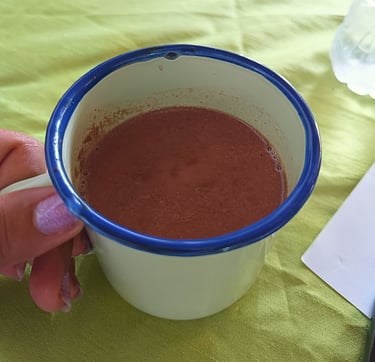

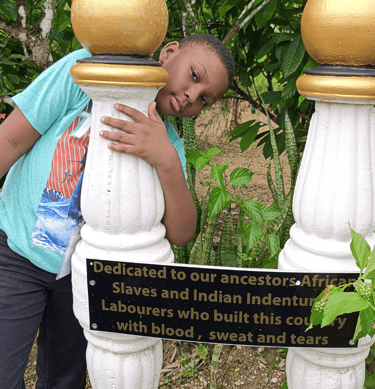

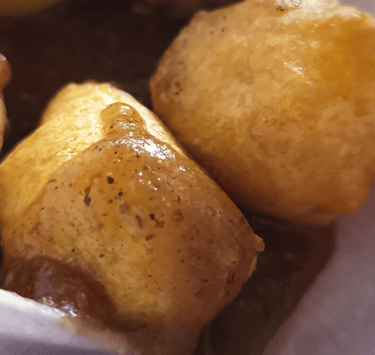


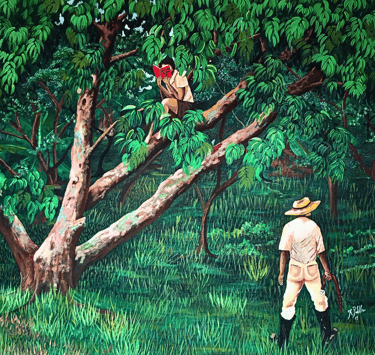
While the children were busy leaving their mark, I got lost in the beauty of the orchard- the many fruit trees positioned on the property- both bearing and some too young to bring forth fruit. This is what I dream of; country living, planting fruit trees and tending to my own gardens. It took me to a familiar place, I have not yet been to.
From there, we were treated to a warm cup of traditional cocoa tea, served in enamel cups just as the labourers would have enjoyed. Prepared lovingly by the women in the kitchen- Rhika and Rheesa- it was rich, comforting, and deeply rooted in tradition. And then came one of my favorite Indian snacks: pholourie. Golden, spiced, and utterly delicious, served with a sweet, tangy and well-spiced sauce; it gave me the kind of satisfaction that made me feel to find a bed or comfy corner and take a nap.
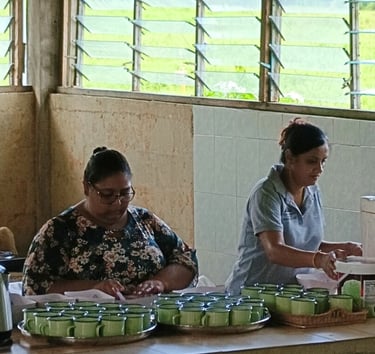

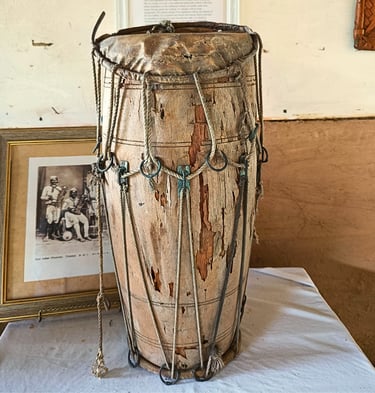


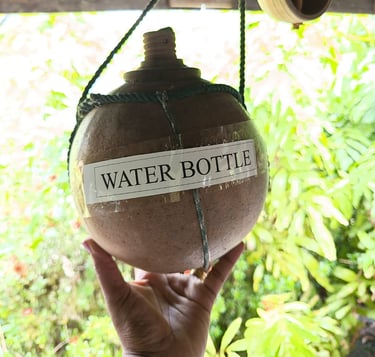
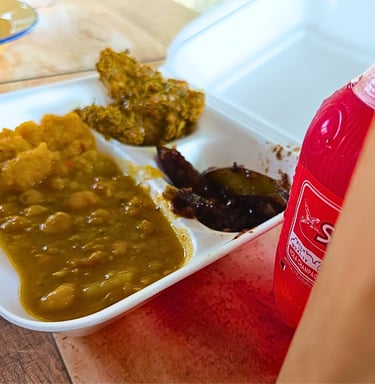

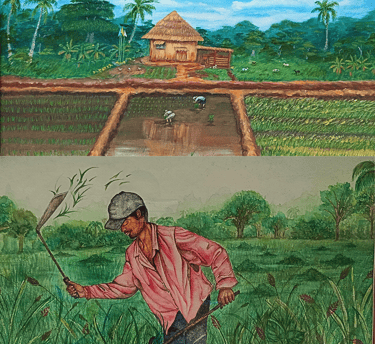

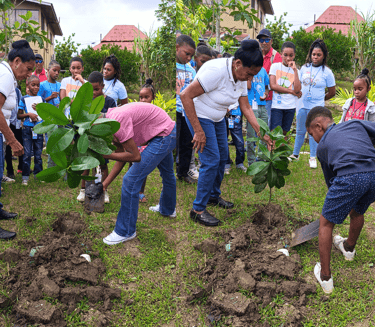

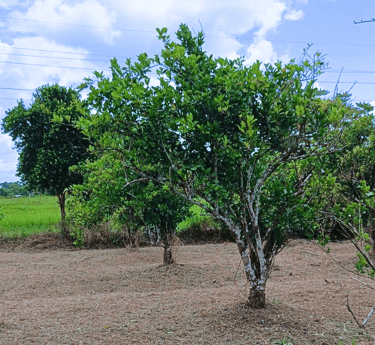

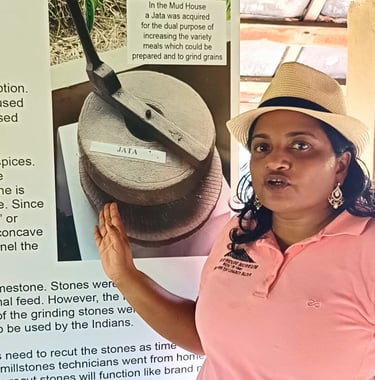

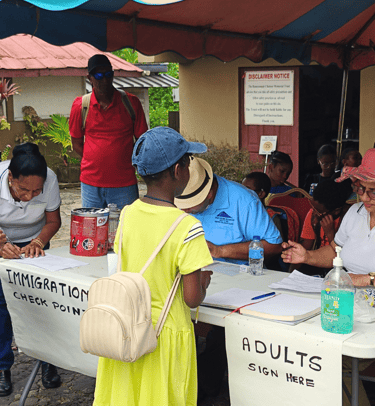

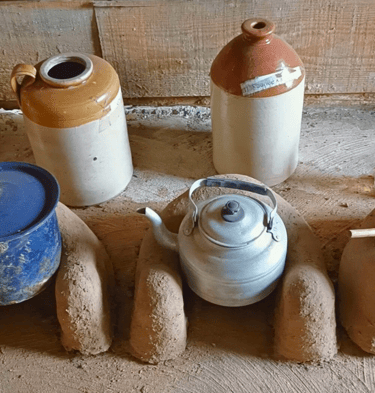

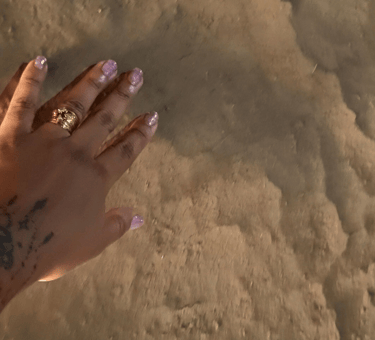

FOOD, FUN & LEARNING
As the tour wound down, we were treated to a lunch every Trini knows and loves: buss-up-shot roti. Served with spicy curried meats, a variety of flavorful vegetable sides, and washed down with a cold Red Solo, it was the perfect way to end the experience- because roti and a Red Solo will always hit the Trini spot!
After the meal, the children got hands-on with a lesson in cocoa processing—from fresh cocoa seeds to powder- followed by a trivia session to test how much we had all learned that day. Their laughter, curiosity, and excitement made the perfect ending to a day steeped in culture, history, and reflection. By the end of the experience, our bellies were full, our spirits were light, and our hearts carried a deeper appreciation for the traditions, skills, and creativity of those who came before us. The Mud House Museum isn’t just a tour- it’s a journey through time and a gentle reminder of how much we’ve gained, but also how much we must strive to preserve.
